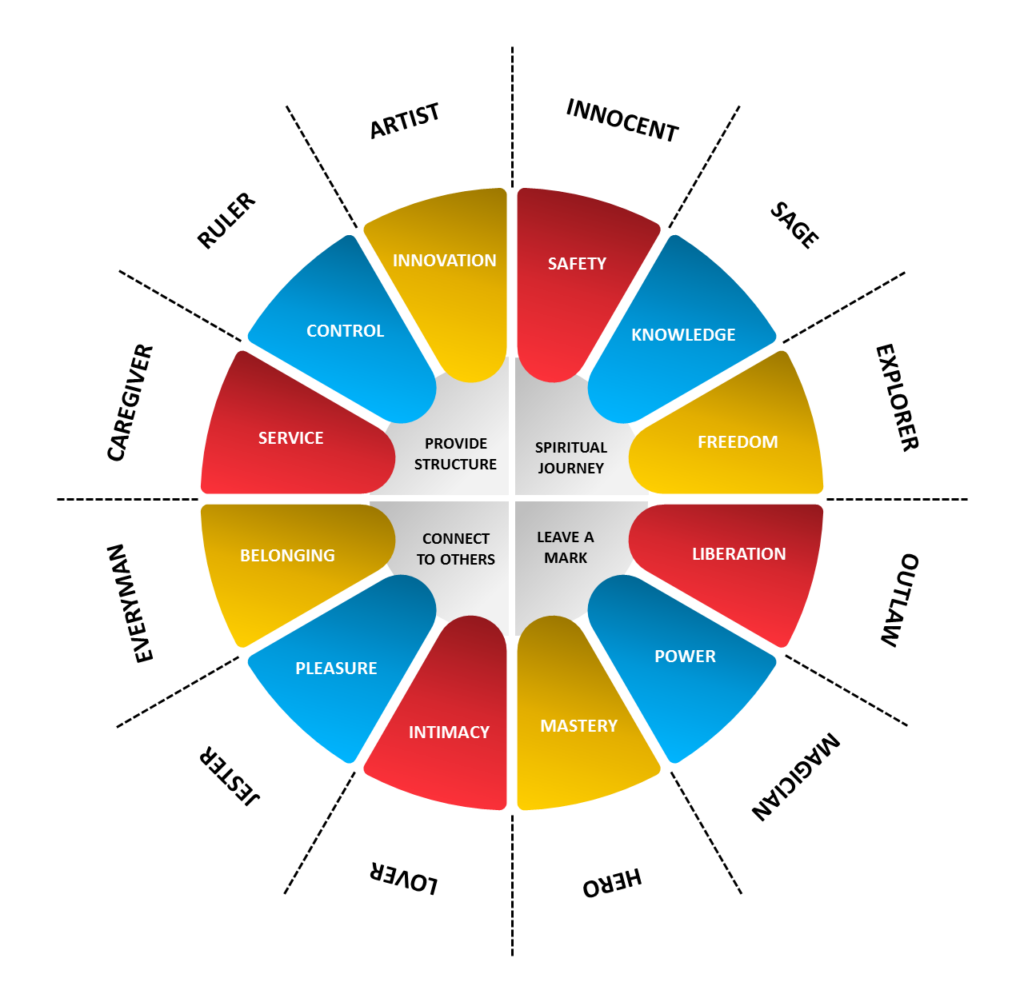Building our Systems – Marketers are Creative Builders

Building our Systems And, to be creative, we have to be “into” systems thinking & working hard, and regularly “out of” our comfort zone. “If solid goals are established, and the majority of time spent manipulating systems toward those goals, great results will materialize naturally.” and “Your task is to optimize one system after another, […]
The 5 Steps to Define the Job to be done

What is the job to be done? Remember the quote I left you with at the end of my last blog post? Here is a quick reminder: “People don’t want to buy quarter inch drill. They want a quarter inch hole!” Theodore Levitt What does it mean? It means that if we want to know what […]
Our Marketing Tribe – the 3 steps to creating a marketing tribe attention map

While it’s nice to think that our voting decisions are based purely on how well the platforms of each of the candidates aligns with our own individual set of beliefs and values, it is far more likely that our ballots are cast based on the outcomes of carefully targeted and optimized political marketing campaigns. Initially, […]
The 8 Types of Brand Advocates

This blog post is about brand advocates, specifically about the eight types of brand advocates that I have identified on social media. Yes, I am afraid, that we are not done with archetypes yet. There is so much more to say. I have spent a lot of time figuring out how archetypes can be useful to […]
Engaging with your perfect buyer

… with the help of the perfect buyer archetypes! It is my firm belief that the trend in marketing is to move away from manipulative seller-buyer relationships to a more organic and healthy long-term marketing relationship. What do I mean by that? For quite some time now marketing has been all about triggering the right […]